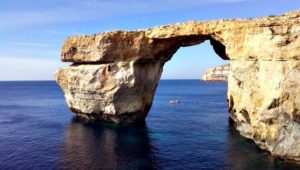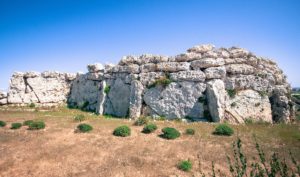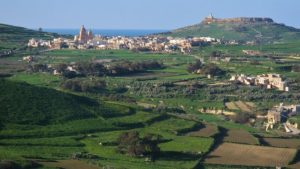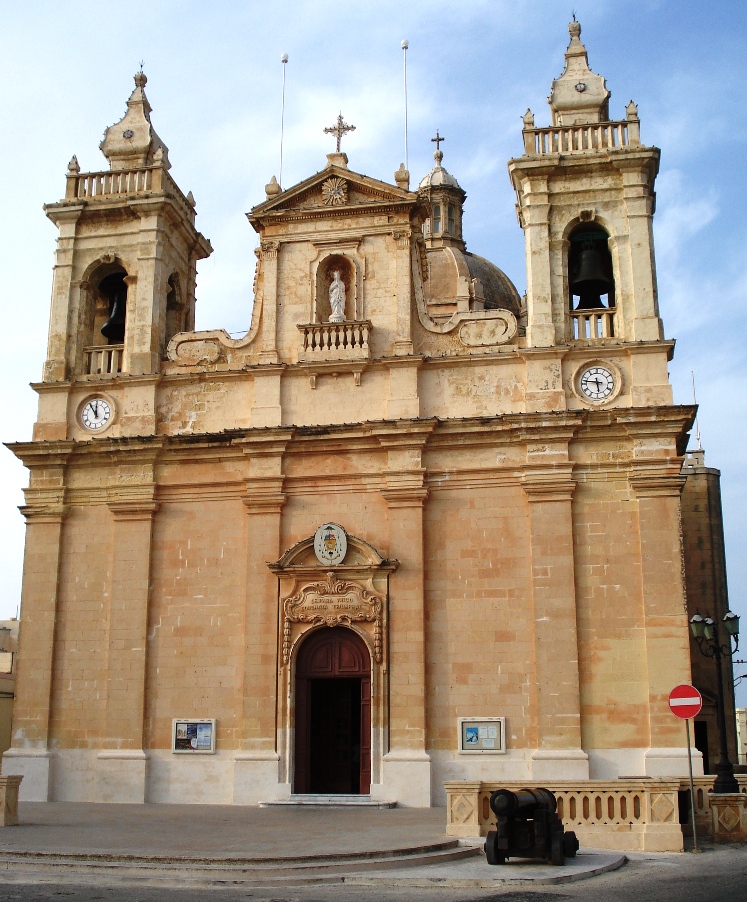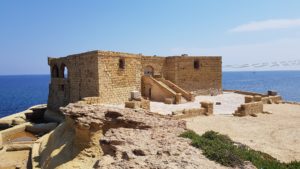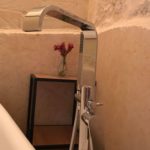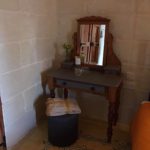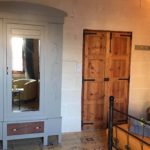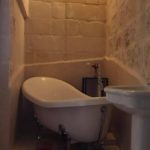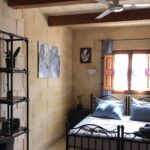Our Location
Gozo (ˈɡoʊzoʊ’), known locally as Għawdex and in antiquity as Gaulos is an island of the Maltese archipelago in the Mediterranean Sea. The island is part of the Republic of Malta. After the island of Malta itself, it is the second-largest island in the archipelago.
The island has a population of around 38,000 (out of Malta’s total 475,000), and its inhabitants are known as Gozitans (Għawdxin). It is rich in historic locations such as the Ġgantija temples, which, along with the other Megalithic Temples of Malta, are among the world’s oldest free-standing structures.
The island is rural in character and less developed than the island of Malta. Gozo is known for its scenic hills, which are featured on its coat of arms, The Azure Window, a natural limestone arch, was a remarkable geological feature until its collapse on March 8, 2017. The island has other notable natural features, including the Inland Sea and Wied il-Mielaħ Window. There are many beaches on the island, as well as seaside resorts that are popular with both locals and tourists, the most popular being Marsalforn and Xlendi. Gozo is considered one of the top diving destinations in the Mediterranean and a centre for water sports.
Żebbuġ (Maltese: Iż-Żebbuġ) is a small village overlooking the northwest coast of the island of Gozo in Malta. It is located close to Għarb and Għasri and is built on two hilltop plateaus, Ta’ Abram and Ix-Xagħra taż-Żebbuġ. The fishing port and tourist resort of Marsalforn lies within the Żebbuġ Council. The village has a population of 2,956 (as of March 2014), which makes it the fifth largest in Gozo, after Xewkija.
With an area of 7.6 km2, Żebbuġ is the largest local council in Gozo by land area. The word Żebbuġ means “olive trees”, a crop for which the village used to be noted, although nowadays very few olive trees remain on the slopes of Żebbuġ. The village is also well known for its fine lacework and for its nearby coastal beauty spots.
History
The areas around Żebbuġ have been inhabited for millennia. There are Bronze Age remains on Ta’ Kuljat hill, and even older remains can be found to the north, close to Qbajjar Bay. Punic tombs were also found at Qbajjar.
Over the following centuries, the area was then inhabited only by a few farmers. A community began to take shape in the 13th century, and eventually a small chapel was built.
In 1643, plans were made to build a fortified city in Marsalforn, to serve as Gozo’s capital instead of the ancient Cittadella, but the project was eventually abandoned due to a lack of funds.
The parish of Żebbuġ, which is dedicated to the Assumption of Mary (Maltese: Santa Marija), was established on 28 April 1688 by bishop Davide Cocco Palmieri. The village’s parish church is the oldest one in Gozo, apart from St George’s basilica (1678) and the cathedral (1714) in Victoria.
From 1715 onwards, a chain of fortifications was built along the Żebbuġ coastline, especially at Marsalforn. Most of these have been destroyed over the years, with the only surviving vestige being Qolla l-Bajda Battery between Qbajjar and Xwejni Bays.
In 1738, deposits of calcite travertine (referred to locally as alabaster or, though it is related to neither, as ‘onyx marble’ on account of its banded appearance when cut) were discovered in a field known as Taċ-Ċaqra or Is-Sagħtrija. The travertine was used to decorate the interior of the parish church of Żebbuġ, as well as in some other churches in Gozo and Malta.
Żebbuġ Places of interest
- Parish Church of the Assumption of Mary– Originally built as a chapel in 1644, replaced by a church built between 1690 and 1726. It was further enlarged between 1938 and 1942.
- Qolla l-Bajda Battery– a coastal battery built in around 1716. It is one of two surviving examples on Gozo.
Getting around
On foot
Many of the distances within villages are negligible and some of the roads are fairly quiet and pleasant to walk along. However, there is often heavy traffic in the capital, Victoria and between Victoria and the Malta ferry. There is also a footpath network, though the paths require good shoes and a good map (they are not always clearly marked on the ground). There are longer distances if travelling between different villages, ranging from 1 to 5 km from one village to the next.
By public bus
Though Arriva ceased to operate in Gozo and Malta, their old vehicles are still being utilized and most routes remain the same, although there have been some amendments and additions. The most noticeable change at the moment is that the discrepancy between resident and non-resident fares has been abolished with all passengers now paying €2 for a 2-hour ticket in summer and €1.50 for the same ticket in winter, although other fares apply for the Tallinja Card holders.
Other
A hop-on hop-off bus service operates in Gozo. The open top bus tour of Gozo starts from the harbour of Mġarr and there are stops located along the route. In Gozo, there are 2 providers, City Sightseeing Gozo and Gozo Sightseeing.

